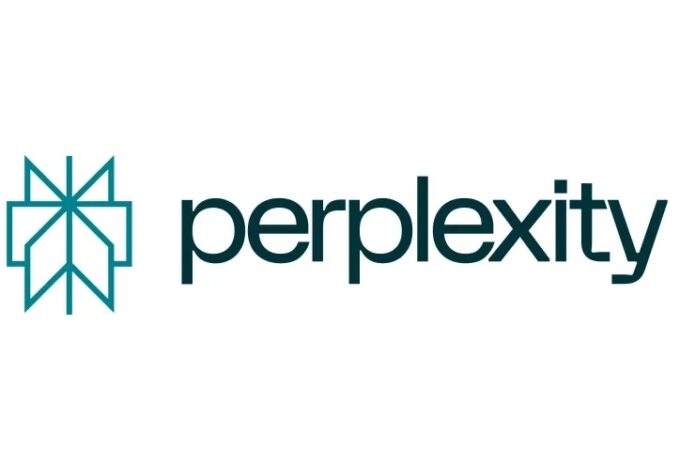
Forget Apple Pay or Samsung Pay, Hong Kong just implemented a revolutionary payment system
By Kevin Mcspadden for e27
Apple Pay and Samsung Pay have a very obvious barrier to entry that is impossible for many people to overcome
Anyone who has spent more than a week in Hong Kong is aware of the Octopus Card. This little piece of colourful plastic is more akin to a pre-paid debit card than a public transportation ticket.
This week, as Samsung Pay and Apple Pay caused much hub bub for launching in Singapore (Apple) or planning to do so soon (Samsung), Hong Kong’s Octopus system quietly launched a far more interesting payment system that will actually directly impact the entire city, not just the wealthy.
Standard Chartered Bank customers in Hong Kong can now use a P2P payment system to instantly transfer funds among credit or debit cards; essentially bringing the same technology that built Venmo to the little plastic card used to board a local mini-bus.
It is available on both Android and iOS devices and if a phone has NFC capabilities, a simple ‘tap’ from card to phone can top up the card and transfer money in (and out) of the bank account. Octopus and Standard Chartered are working on developing a tool to integrate an external card reader for iOS.
The P2P capabilities do not require an NFC-capable phone.
The service is called the ‘O! ePay App’ (the name leaves something to be desired) and it should come as no surprise that this was instituted by Octopus Holdings.
The Octopus system is a global leader for showcasing how a city can pay for a variety of services. It directly led to the development of London’s Oyster system and many major cities across Asia have adopted the Octopus pay-for-everything model — Singapore’s EZ Link, Korea’s UPass (which was actually invented first in 1996 but is no longer universally adopted) and Tokyo’s PASMO cards are the obvious examples.
But integrating the O! ePay App into Hong Kong helps solve a problem that is, to a certain degree, a malady affecting all of the tech world.
Progressive thinking, futuristic, tech solutions have a major barrier to entry: Money.
Sure, Samsung Pay and Apple Pay may change how people buy coffee, but only those who can afford a US$900 iPhone or a US$700 S7. If technology — and especially fintech — is to change how we do business, it needs to target the poor, the working class and those who spend whatever savings they have to send their kids to school.
This is why WeChat is changing China, and the rest of the world is taking notice. The service is free, accessible to anyone who feels comfortable uploading their bank information to the platform. WeChat is lightyears ahead of its western counterparts in part because it operates in China — and understanding that success means being accessible for the extremely rich, the very poor, and everyone in between.
On a larger scale, the current ‘mobile revolution’ in Asia did not come about with the iPhone, it came about with the advent of affordable phones that people making US$10 a day could suddenly fit into their budget.
In the news reports, the Octopus card upgrade specifically highlighted families that may be running around getting their kids ready for school and can top up their card before shooing them out the door. Sounds like a working-class problem, no?
This is what makes O! ePay App so exciting. It, admittedly, has a barrier to entry — opening a Standard Chartered bank account — but it is technical without the prerequisite of making an upper-middle class salary.
Recently, Octopus tripled the amount that can be uploaded onto a card to HKD3,000 (US$389) at one time; a number so low it inherently makes the tool more useful for low-budget transactions like lunch dates, movie tickets or paying a daughter’s bus fare.
And if the ‘working Joe’ argument isn’t convincing. Consider adoption.
One of the problems facing Apple Pay and Samsung Pay (and many other mobile payment solutions) is the service is ‘yet another app’ in a world full of distractions and media-overload.
Personally, I am the type of person that consistently loses wallets, keys and phones, so the idea of introducing another, completely separate, banking platform into my life sounds like more of a burden than an improvement.
But Octopus is already widely used throughout Hong Kong (and Standard Chartered is an extremely popular bank for residents). Rather than adding an additional payment system, Octopus is simply upgrading what is already prevalent throughout the city.
The registration could be better (it is quite serious, requiring users to be older than 18, have a Hong Kong ID and either use Octopus Automatic Add Value Service or hold a personalised card or be a Standard Chartered Customer). But, it is just a headache, not an actual ‘barrier to entry’ like spending three months’ salary on an iPhone 6S.
The Octopus barriers are bureaucratic, not financial.
And that is, in my opinion, what leads to a successful fintech revolution. Not platforms for trading tips, or high-tech solutions for banking fraud, but rather a system that can be implemented by a stay-at-home dad who cares more about his kid’s schools than the movements of the Hang Seng Index.
All of the big banks talk about ‘embracing the fintech revolution’. Well, this is what it looks like when one bank does it right.
first appeared at e27




